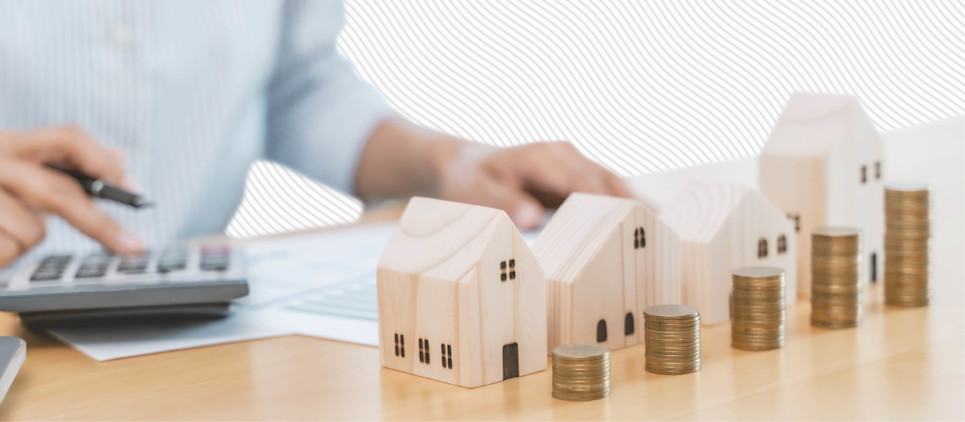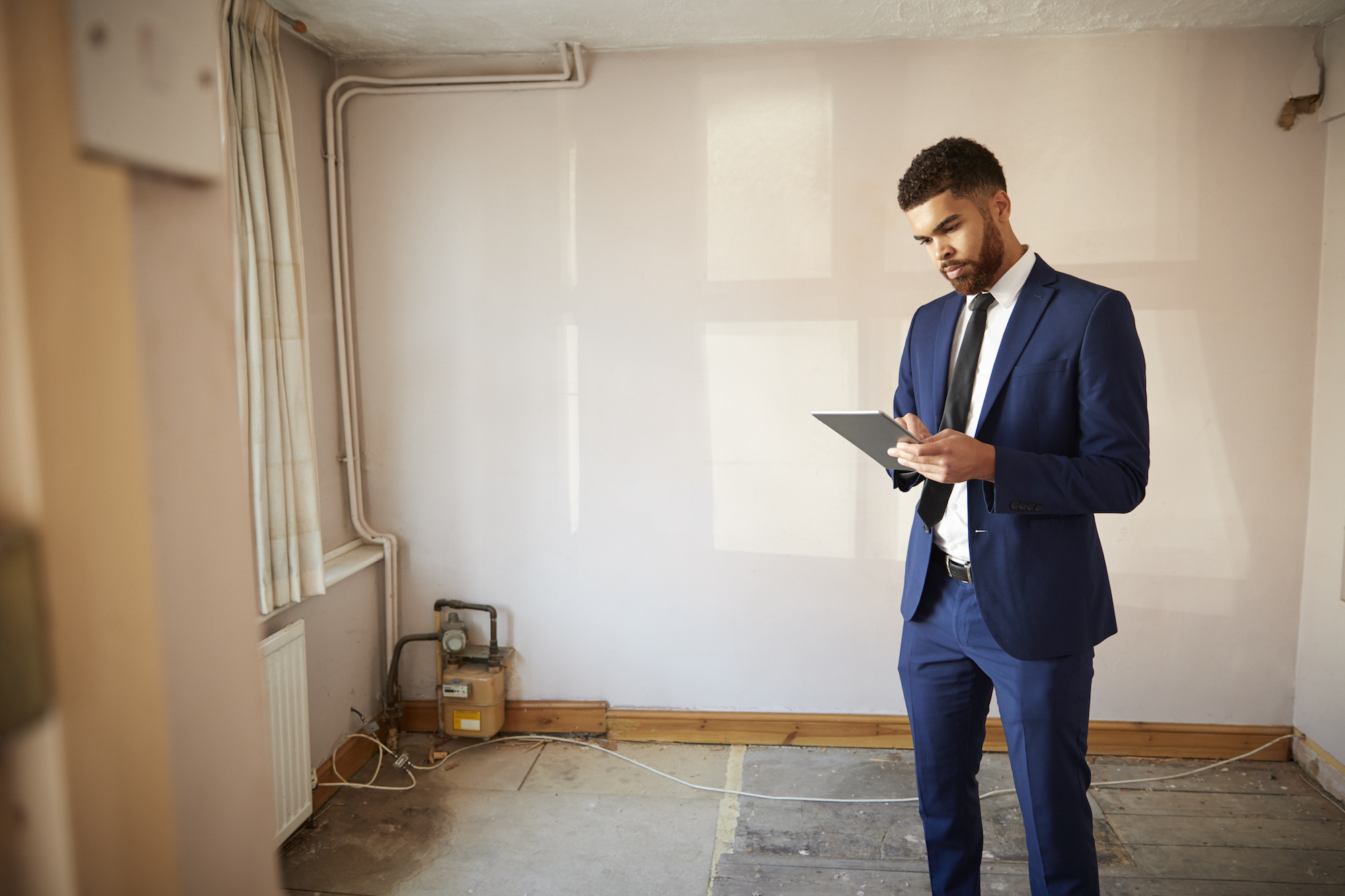3 Property valuation methods real estate investors should know
A critical skill in real estate investing is property valuation, or the ability to discern the worth of your property based on data. Even if two properties are similar in price or outward appearance, digging into their future potential can ensure you get more for your money.

Table of contents
Understanding real estate valuation Property evaluation checklist for real estate investors 3 Real estate valuation methodsUnderstanding real estate valuation
A real estate property valuation assesses how much a property is truly worth over time using a number of variables. The part that makes this tricky is the fact that cost and sale prices don’t necessarily indicate actual value.
Cost simply refers to the raw expenditures used to build a home—it doesn’t account for factors like neighborhood or curb appeal, which affect a home’s value. Price takes cost and external factors like demand into account, but it’s not a reliable measure of value either.
Imagine you’re interested in buying a single-family home priced at about $600,000. Is that house actually worth that amount? Not necessarily. You may discover a crack in the foundation, which would change the home’s value, even if it’s not reflected in the market price.
The best assessment of a property’s worth is fair market value. This is an opinion on what the property would sell for in a competitive real estate market, assuming both buyers and sellers are rational actors and have the information they need.
Formal appraisal reports help determine a market value, but you can also conduct your own property evaluation. To get started, you’ll need to collect some data.
Property evaluation checklist for real estate investors
To understand how much a property is worth, you need to know the market conditions and the property itself.
Market conditions
Think of market conditions as conceptual inputs–things like demand or scarcity of properties.
Demand and scarcity help you determine whether you’re operating in a buyer’s market or seller’s market. If many people are shopping for homes (high demand) but homes are scarce (high scarcity), you’re in a seller’s market, which will boost your home’s value. If fewer people are buying and there are lots of available homes, buyers have the advantage, which may decrease your home’s value.
You want to predict how demand and scarcity may change over time so you have a sense of a property’s possible value.
The property
Once you have a handle on your conceptual inputs, it’s time to dig into the hard financial data of your property.
3 potential sources of income and expenses
Mortgage payments. Note whether this includes property taxes and insurance.
Down payment. This varies by mortgage.
Rental income (if applicable). If the property generates income, rent is a regular source of cash flow. You might also calculate the gross rental yield by dividing the annual gross rent by the purchase price of the property, or the gross rent multiplier (GRM) by dividing the purchase price by gross annual income from the property. Keep in mind that neither of these metrics account for expenses tied to maintaining a rental property.
Capitalization rate
Commonly used for commercial properties, this estimates the rate of return on a real estate investment. Capitalization rate is calculated by dividing the net operating income (NOI) by property value. Think of it like the gross rental yield but with operating expenses.
Say you buy a $500,000 apartment building that generates $60,000 in rent each year and costs $10,000 in maintenance and property taxes. The capitalization rate would be $50,000/$500,000, which is .1 or 10 percent. Remember, this value could change if the tenants move out or operating costs rise.

3 Real estate valuation methods
1. Sales comparison approach
If you’re evaluating a single-family home, you can begin to estimate market value by analyzing three to five comparable properties. Be sure your list includes homes that are in the same neighborhood, approximately the same size, and that sold recently. These are called “comparable sales,” or “comps.”
You may need to adjust the price of your comps to more accurately gauge the price of your property. For instance, if a comp has a pooland the subject property does not, you would deduct the price of the pool from the comp. Conversely, if the comp needs repairs, add the cost to the comp.
This approach is nearly identical to the methodology behind a comparative market analysis (CMA).
2. Cost approach
Best for properties that aren’t generating revenue, like schools, churches, or hospitals, cost approach values the buildings and the on which they sit land separately. It also assumes a rational buyer wouldn’t pay more for the property than it cost to build something similar.
Start by gauging the value of the land. Using the sales comparison approach, estimate the value of the land if it was vacant and put to best use. Remember, land cannot depreciate in price.
Now calculate the value of the building itself using one of the following three methods:
The square-foot method: Multiply the cost per square foot of a building that recently sold by the property’s square footage.
Unit-in-place method: Calculate the unit costs of each component to reproduce the structure (roofing, flooring, foundation, etc.) and add them all together.
Quantity survey method: This compiles a list of materials, permits, and labor costs, then calculates the value based on those variables. This requires a highly detailed list of every nail and board used to construct the building.
Don’t forget depreciation. Land itself can never depreciate, but physical deterioration, say, of a structure or a neighborhood in decline can affect the overall value.
3. The income approach
Useful for properties that generate revenue, like an apartment building, this calculation divides the net operating income of a property (revenue minus expenses) by the capitalization rate, which is an estimate of the returns earned by a property over time.
An accurate property evaluation will form the basis of any transaction. Understanding how the pieces of a property evaluation fit together can put you a step ahead of other real estate investors and aspiring homeowners.
Bungalow is the best way to invest and manage your real estate portfolio. We work with you to identify, purchase, fill, and manage residential properties—so that you can enjoy up to 20% more in rental income with a lot less stress. Learn more about Bungalow.
Ready to find your next home?
Move-in ready homes and a built-in community so you can feel at home, together — wherever you are.
Suggested articles



